This is an authorized translation in English of a post in French by @marc-allaria: PHILIPPINES - Stop#5 - Seaweed...!
As my primary language is not English, there are probably some mistakes in my translation.
Remember that the person who speaks here is NOT me, Vincent Celier (@vcelier), but Marc Allaria (@marc-allaria), a French guy.
Seaweed
The search for safe and comfortable moorages is a major concern in the mind of a sailor. After carefully studying the maps of a Southeast Asia full of islands and therefore shelters, I was convinced that I would find small quiet bays on the edge of villages. This is sometimes the case. But respecting the saying that a picture is often better than a long speech, I let you observe on the following photograph, which often stood between me and the pretty beach near the village ...
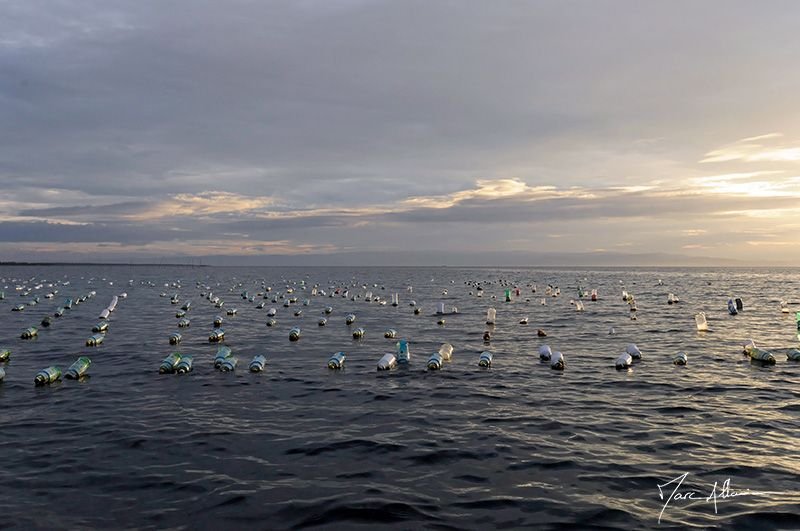
Rows of plastic bottles carefully organized in lines and columns ... Curious giant turtle obviously not listed on the charts and can sometimes extend more than a kilometer from the shore. It will have taken me some distant moorings or some well-negotiated chicanes to finally reach the source of the solution of this strange recycling.
What I took at first for artisanal constructions, turn out to be ultimately industrial fish farms. Seaweed, a general term used to represent the marine algae family, is a thriving industry in Asia and that is not a village craft. It is therefore with simple lines, some mooring buoys, and soda bottles as floats, that many Asian operators are organized to provide the largest customer on the planet: China.
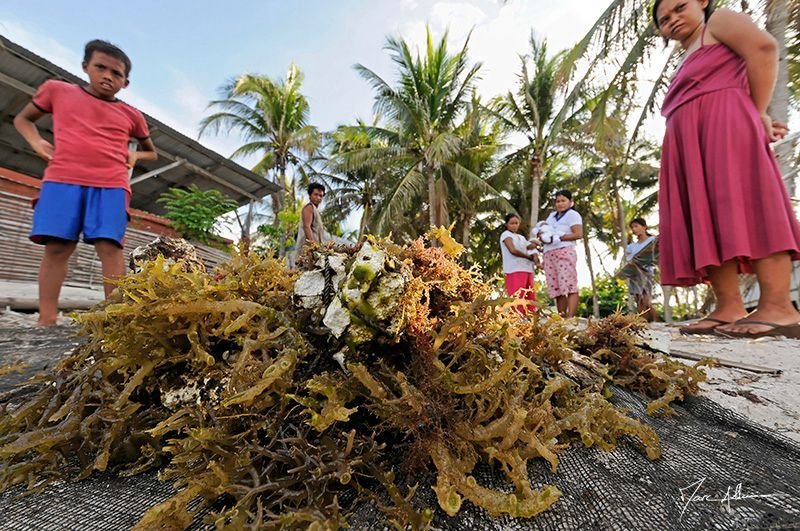
There are several species of cultivable seaweed. Their shape, their substance, their harvest period can then change. Anti-oxidant, rich in minerals, natural doping, meat substitute, anti-cancer, anti-acne, anti-cholesterol, anti-diabetes, anti-radiation, etc ... In short, if you believe the pharmaceutical companies who exploit this "new", yet ancestral resource, I still wonder why I do not soak every morning in my coffee a few of these strands of seaweed that are fixed under my hull! In total more than 25 million tons of seaweed come out of the Asian waters by wooden canoes, are dried in front of the villages I frequent, and are transported by the old fishing boats that I meet every day. What a beautifully woven and perfectly honed commercial web moving a turnover of nearly 6 billion Euros. Yes, 6 billion! Hard to believe from the point of view that I have every night from my boat. Some men in canoes dressed very casually on the water, their wives sorting the crops and preparing the cuttings on the ground in front of their wooden house slightly wobbly, hard to imagine 6 billion here!
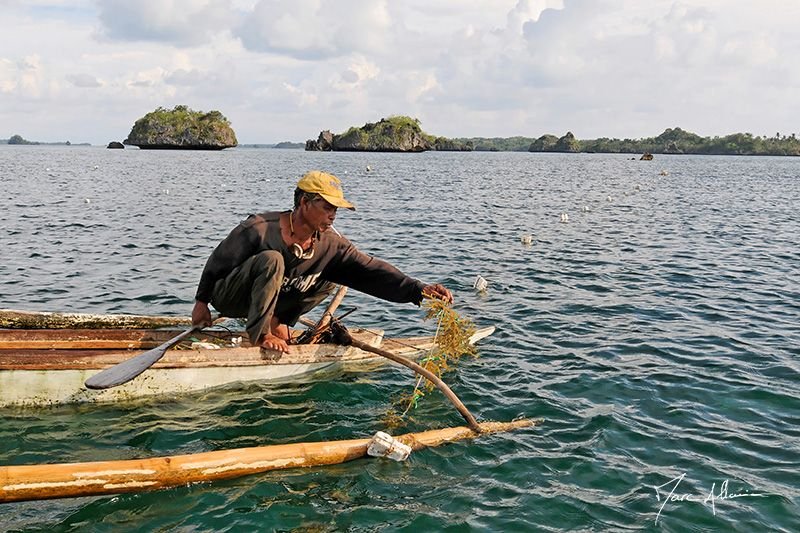
These algae, we eat every day and use them through all the products of our bathrooms. They replace the flour in our "light" products, bring the creamy texture that our cow's milk gives to our yogurts, and make our toothpastes creamy and pleasant. These algae that we call "brown seaweed" in front of the beaches of the Philippines and that are worth only a few Euros in the hands of the fishermen arrive at home under the name of E400 or E407. When after a few years of marriage your wife does not bother to leave the bathroom face covered with a youth elixir, there is again a good chance that some seaweed extracts are stuck on her sweet baby skin.
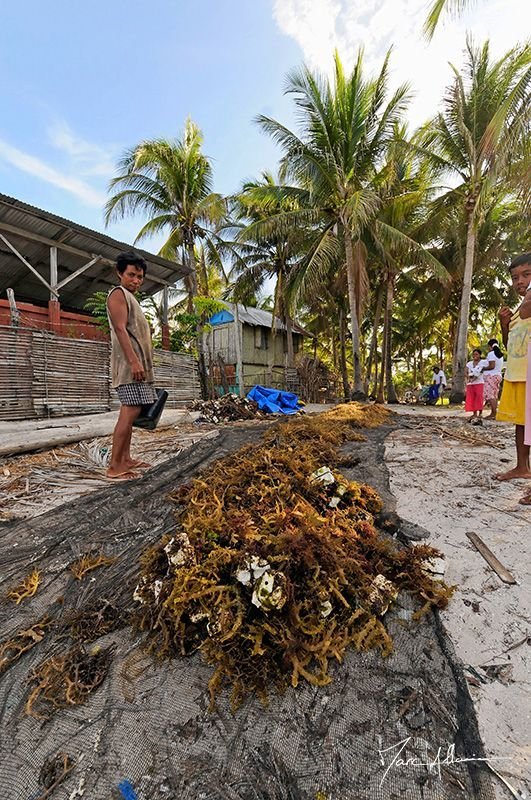
In the meantime, it does not change my problem of the day, I must find an moorage again tonight!
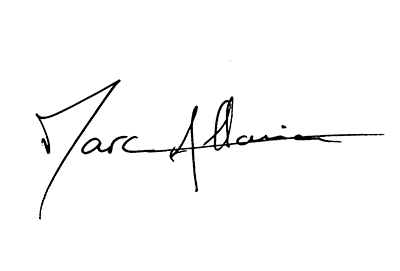
DISCOVER THE PHILIPPINES: Funny situations ...! at sea..., by @marc-allaria
DISCOVER THE PHILIPPINES: The fishing file ...!, by @marc-allaria
DISCOVER THE PHILIPPINES: The Cagayan Islands, by @marc-allaria
